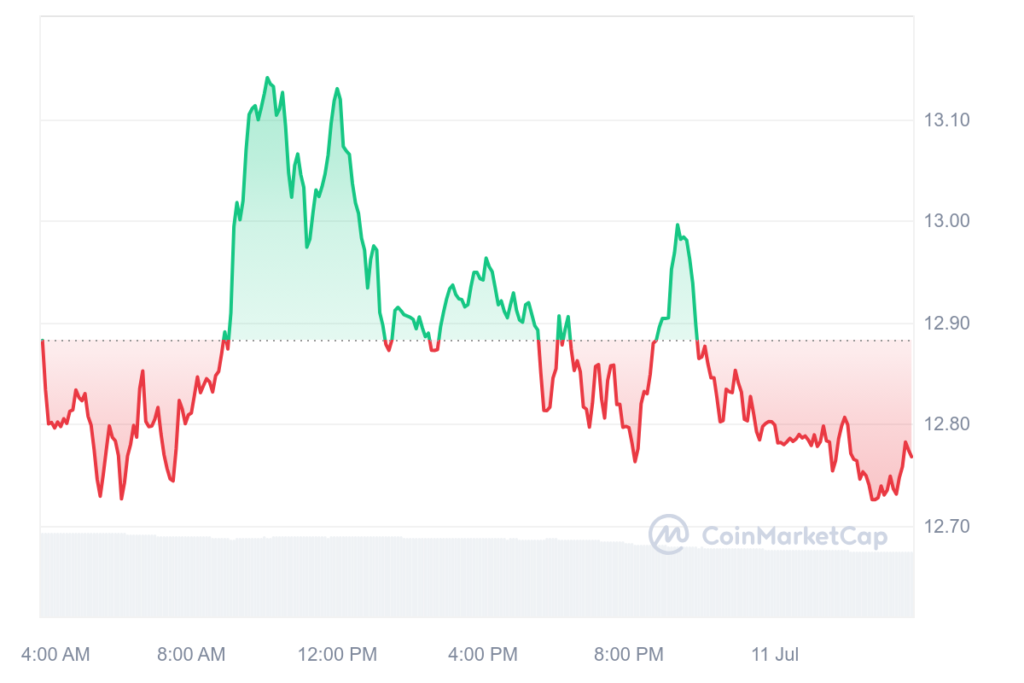New on-chain data shows that Chainlink (LINK) buyers have been losing an extensive amount of funds, which shows that fear is rising in the market. An on-chain data company called Santiment says that LINK investors have given up the most of any time this year.
The most important number here is “Network Realized Profit/Loss,” which shows how much funds Chainlink users are making or losing at the moment.
This measure looks at the past of each coin that was sold on the blockchain to find out how much it was traded for before it was sold. The sell makes a profit if the previous price is less than the current spot price.
Chainlink’s investor losses mount
If the earlier price was higher, on the other hand, the sale loses funds. The indicator adds up all of these gains and losses across the network to find the overall result.
If the Network Realized Profit/Loss number is positive, it means that investors are making money. If it is negative, it means that most investors are losing funds. Recently, there was a significant decrease in the Chainlink Network Realized Profit/Loss, which means that buyers in LINK are likely to lose an enormous amount of funds.
At the same time that people are realizing their losses, Chainlink’s price has been going down sharply over the last few weeks. In just the last seven days, the price has dropped almost 10%. This means that buyers have decided to leave the market at a loss because the falling prices have alarmed them.
Santiment’s data also shows a rise in the “Age Consumed” measure, which tracks the movement of coins that are not being used. This rise shows that even long-term users have been shocked by the drop in price.
Even though people are concerned at the moment, the market fear could be good for Chainlink. In the past, the product has tended to be the least valuable when investors are most scared.

Based on what Santiment said, a similar rise in this index in April was an encouraging sign for LINK.Chainlink is worth about $12.8 at the moment, which is about 3% less than it was 24 hours ago.









